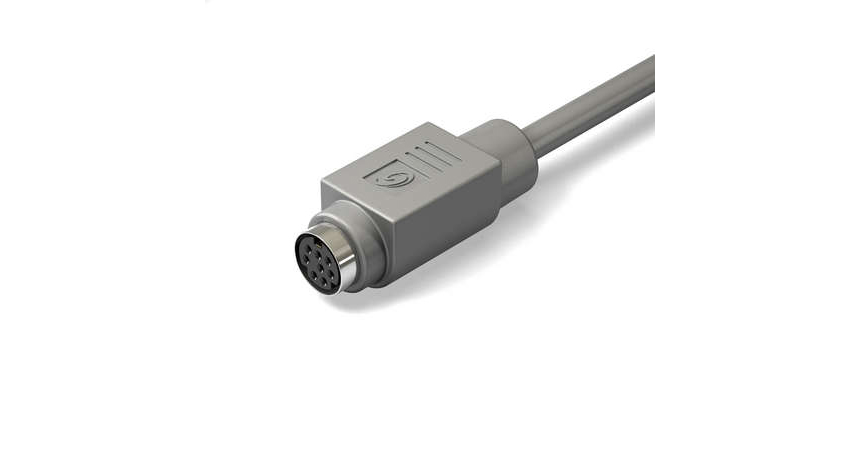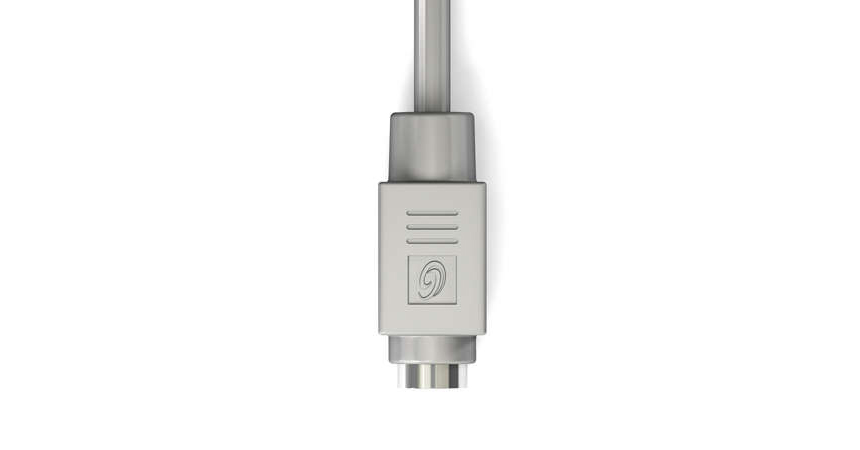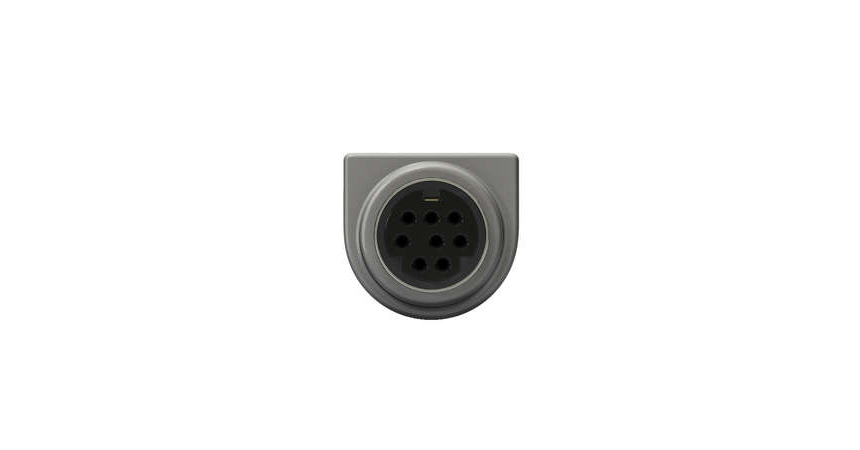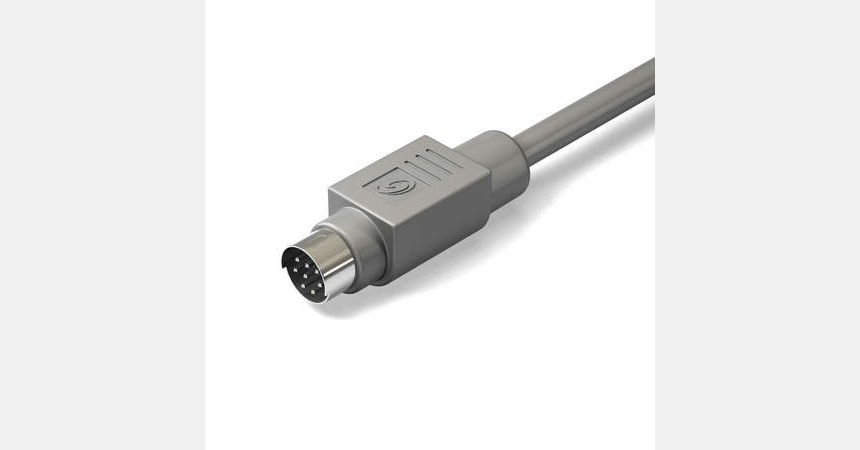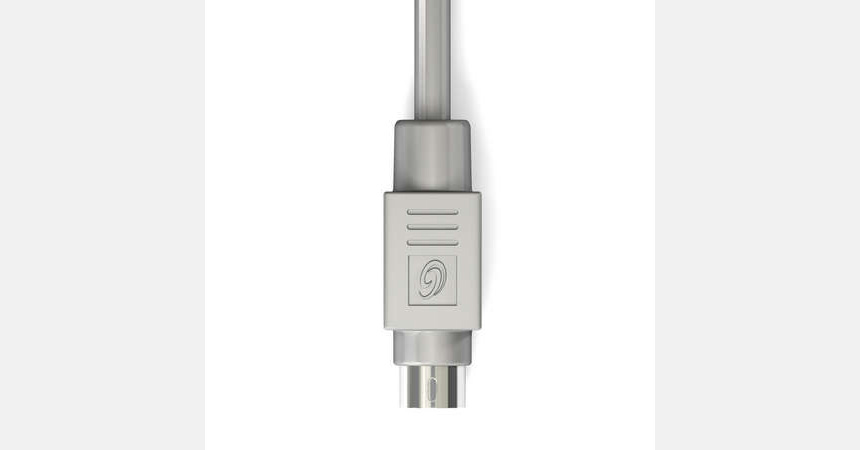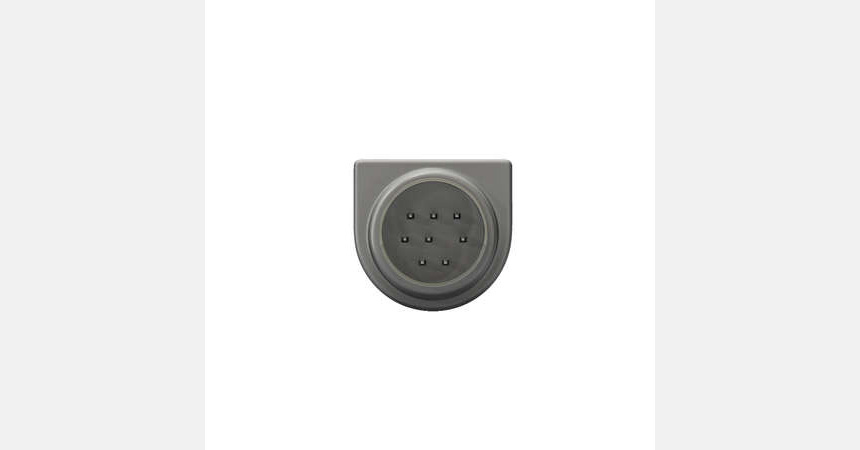What are DIN connectors?
5-pin Din
The 5-pin Din connector has 5 pins that are arranged in a circular pattern. This type of connector was commonly used for older AT-style computer keyboards.
4-pin Mini Din (S-Video)
The 4-pin Mini Din connector is the proper name for what is commonly referenced as an S-Video connector. The connector has 4 pins arranged in 2 rows, as well as a keying block to make certain the plug cannot be inserted improperly. Even though the S-Video connector has 4 pins, it only carries two signals — luminance and chrominance. The Luminance is a black-and-white wide-bandwidth television signal. The Chrominance is the color information of the video. The other 2 pins are used for signal ground connections.
6-pin Mini Din (PS/2)
The 6-Pin Mini Din has 6 pins as well as a keying block. This interface was first used on the IBM® PS/2 personal computer. For this reason the connector is often called a PS/2 connector. This connector has become the industry standard for connecting keyboards and mice.
8-pin Mini Din
The 8-pin Mini Din features three rows of pins with three pins in each of the top two rows and two pins in the bottom row. This connection was commonly used with the serial interface on older Apple® computers. Nowadays, it can sometimes be found on portable video devices, and projectors.


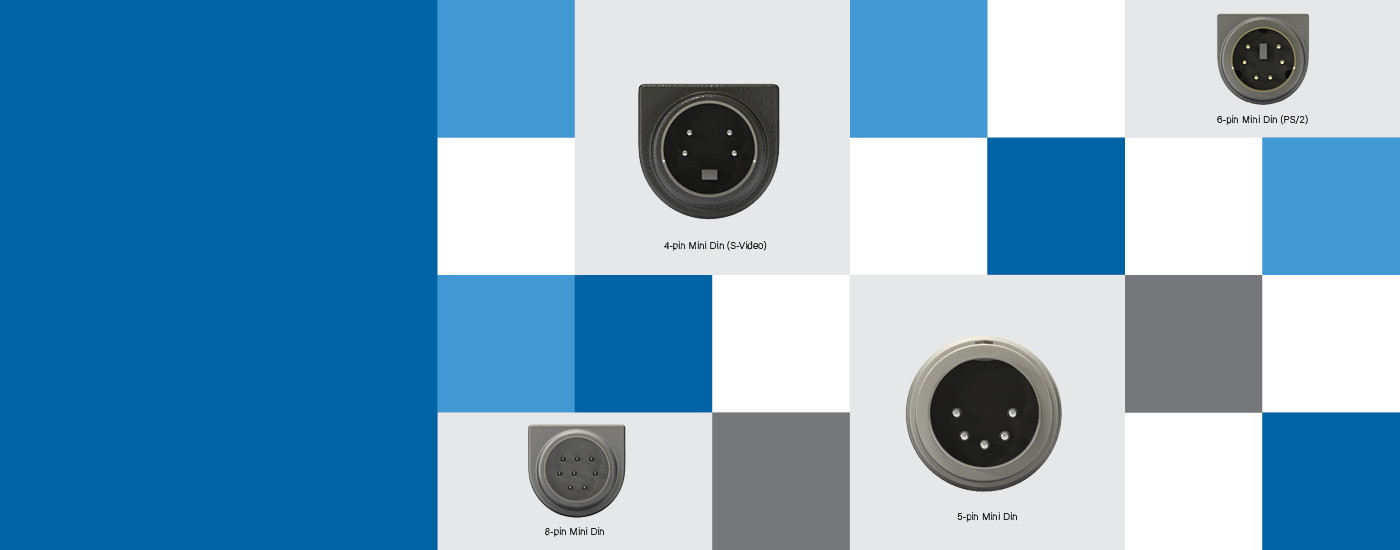
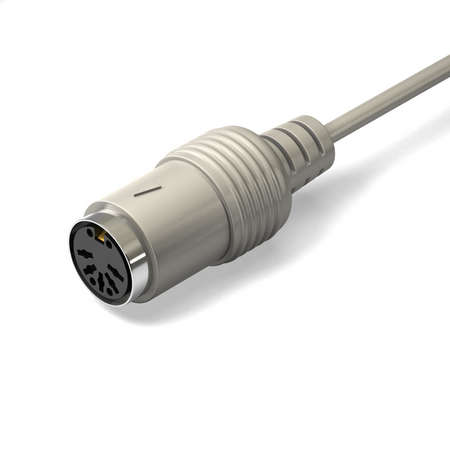 View 5-pin DIN connector gallery
View 5-pin DIN connector gallery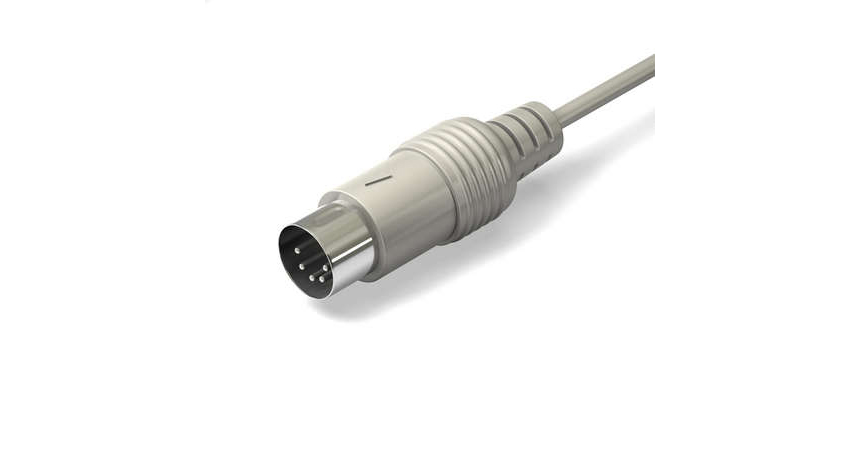
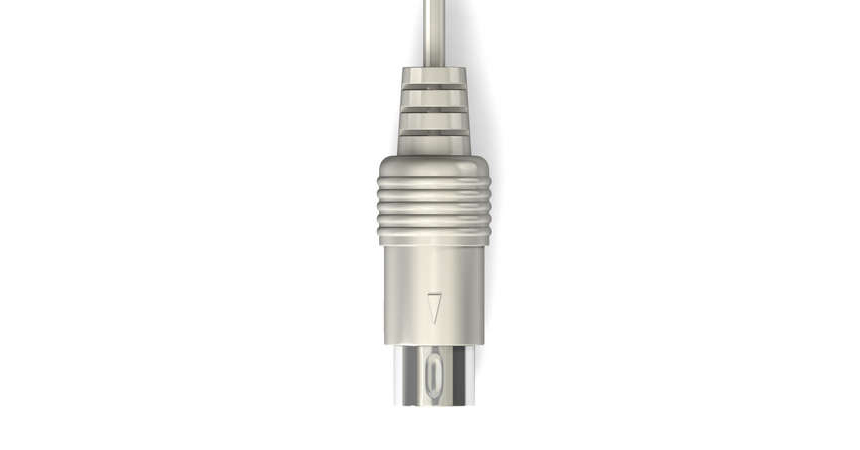
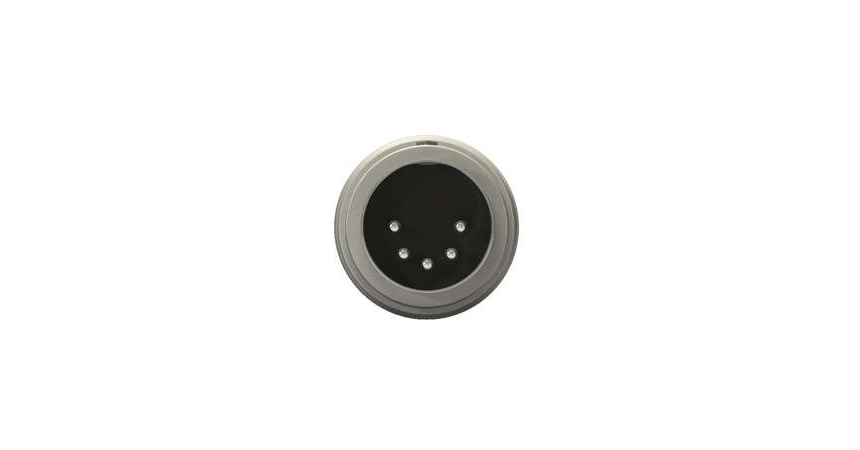
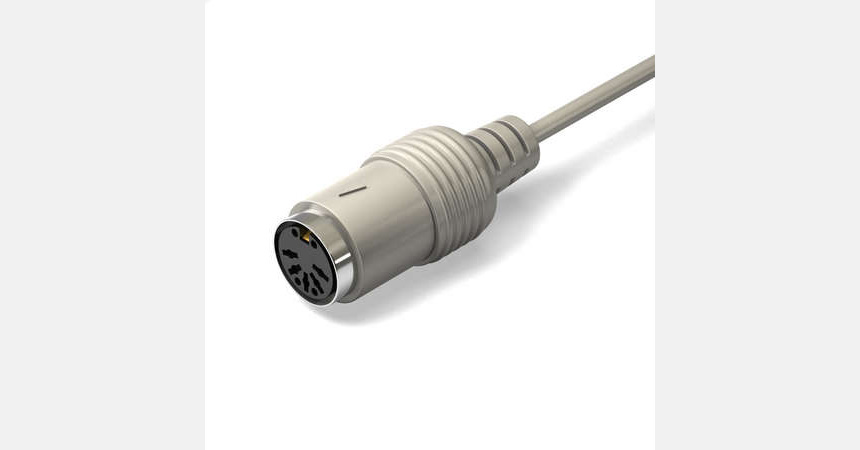
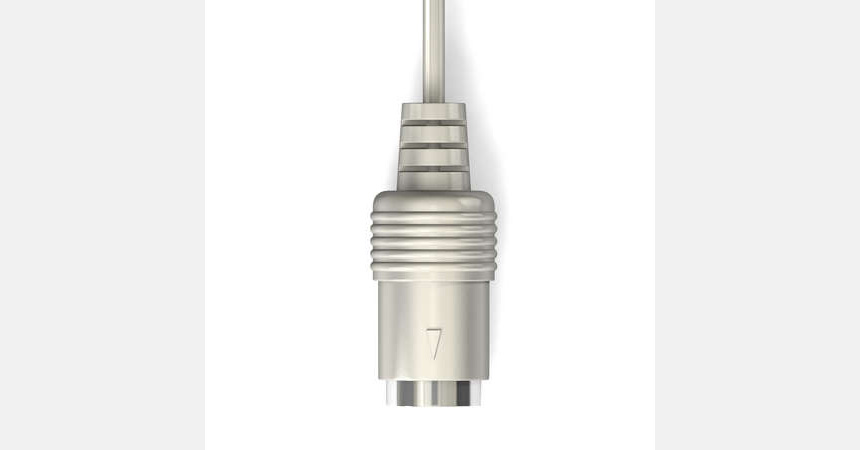
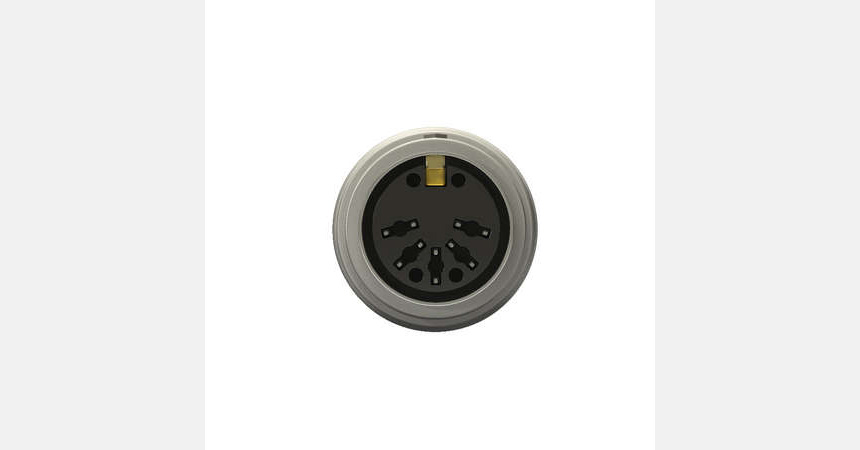
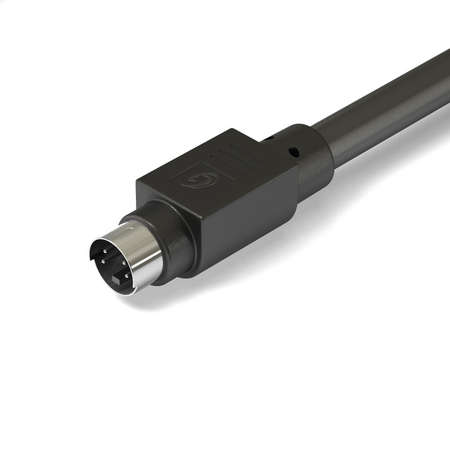 View 4-Mini DIN (S-Video) connector gallery
View 4-Mini DIN (S-Video) connector gallery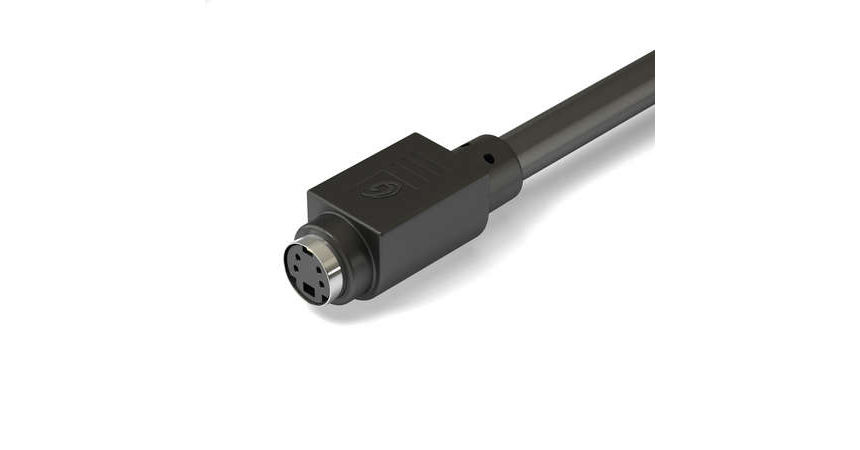
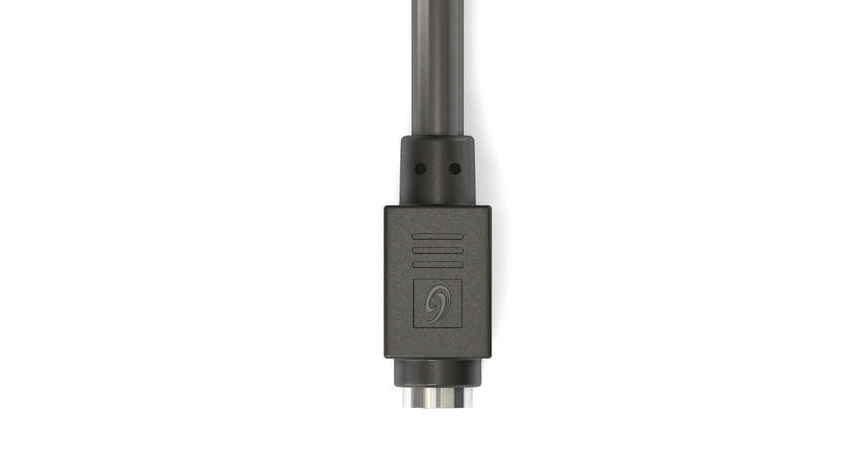
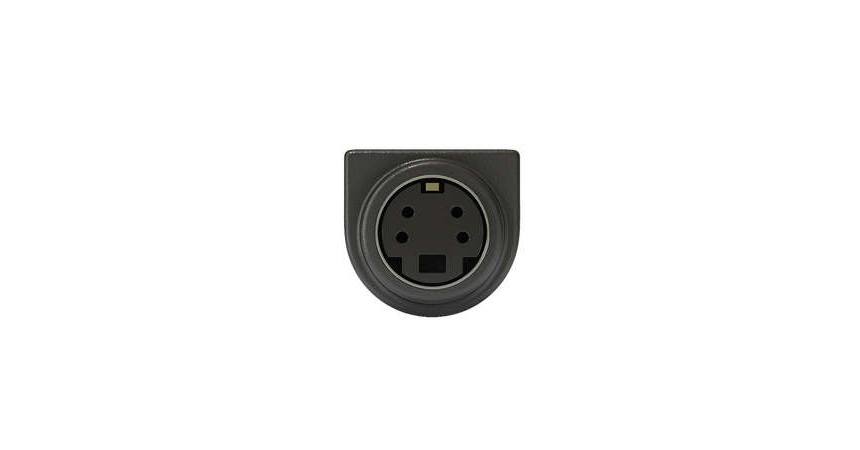
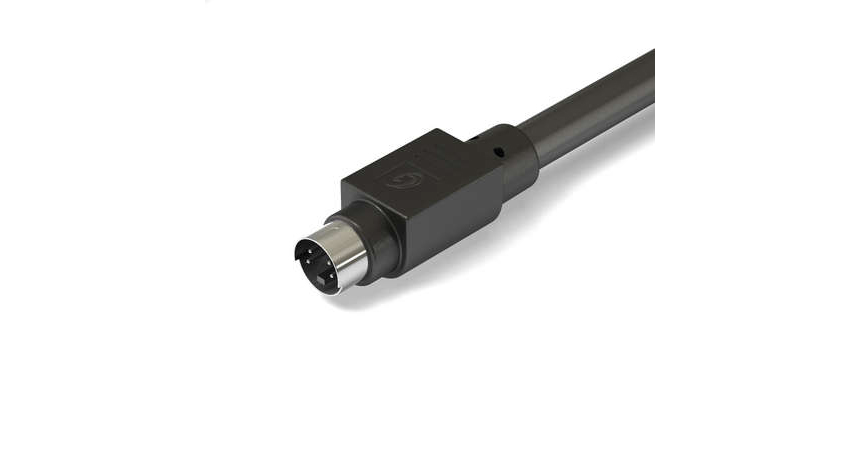
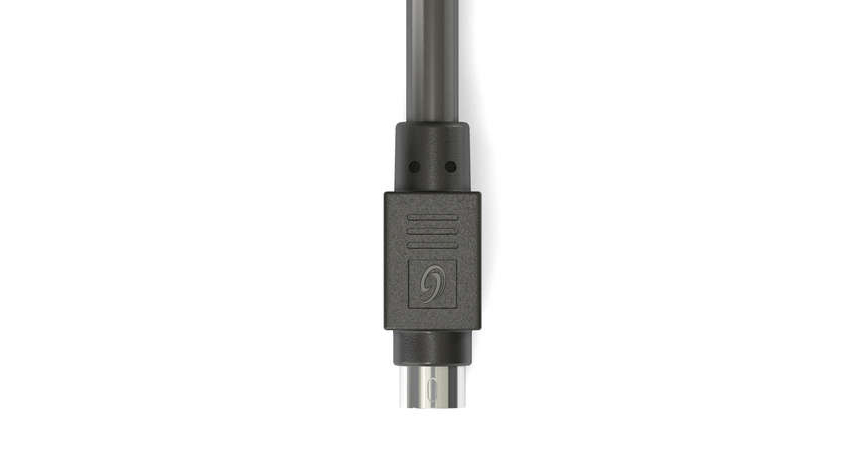
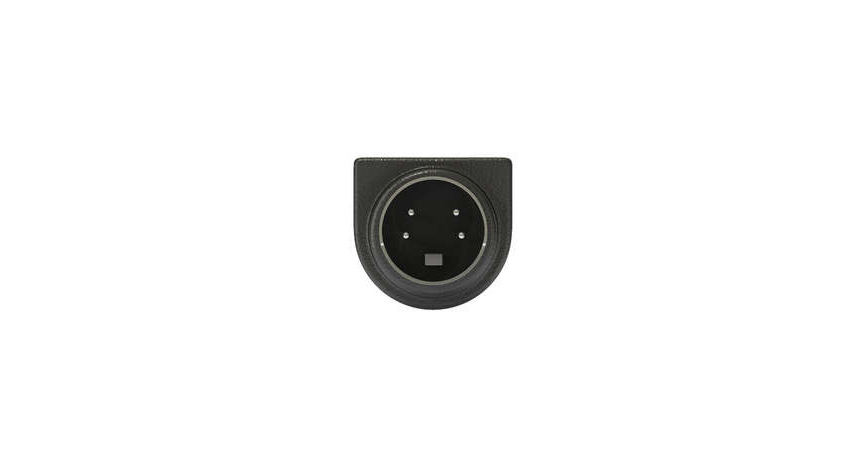
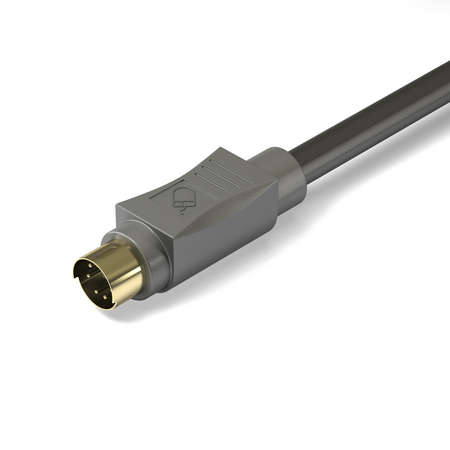 View 6-pin Mini DIN (PS/2) connector gallery
View 6-pin Mini DIN (PS/2) connector gallery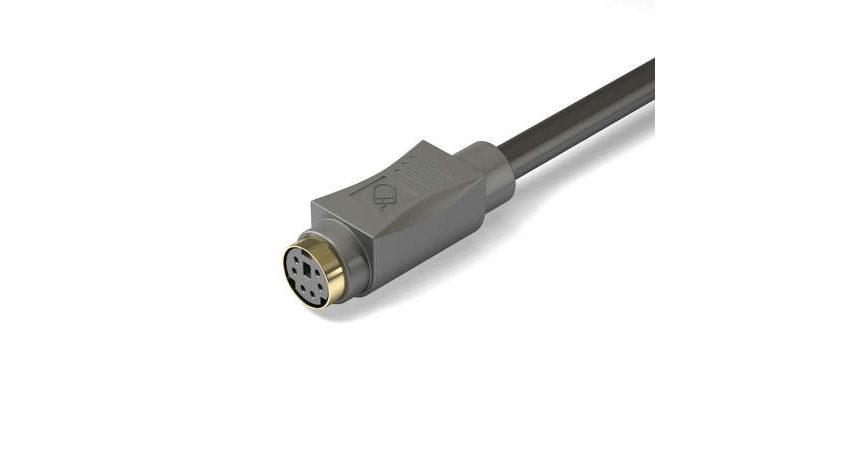
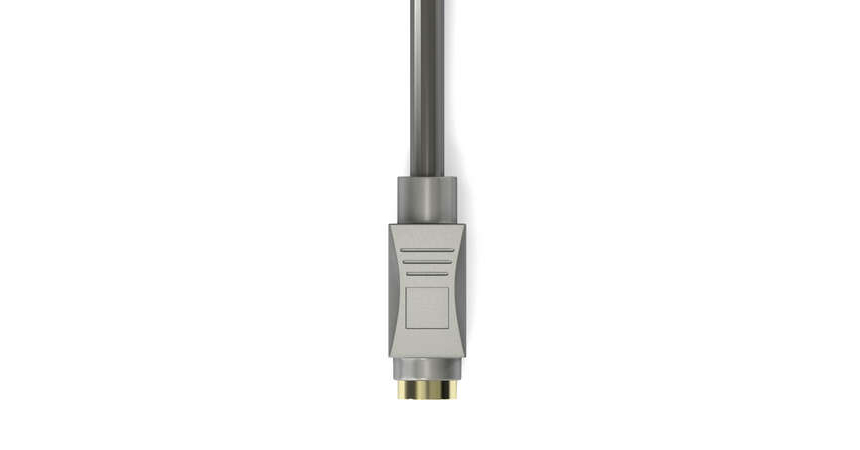
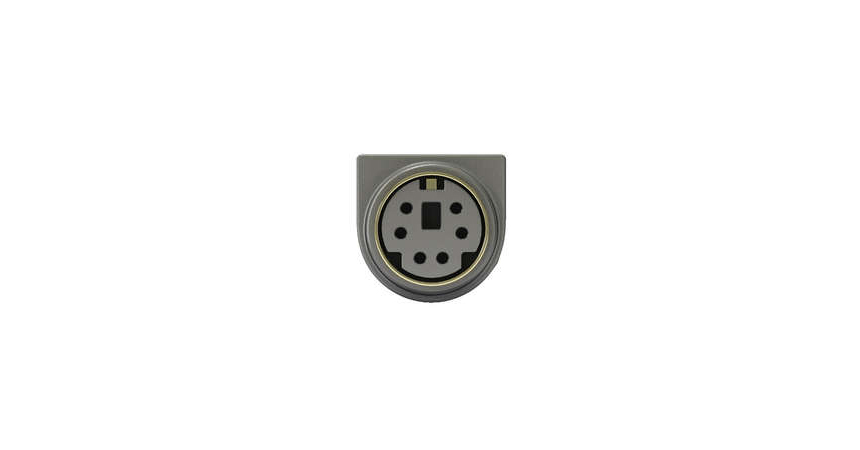
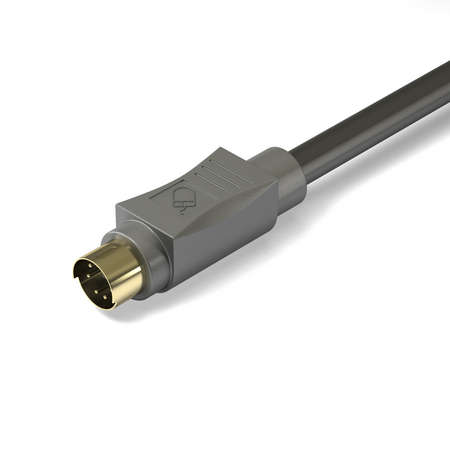
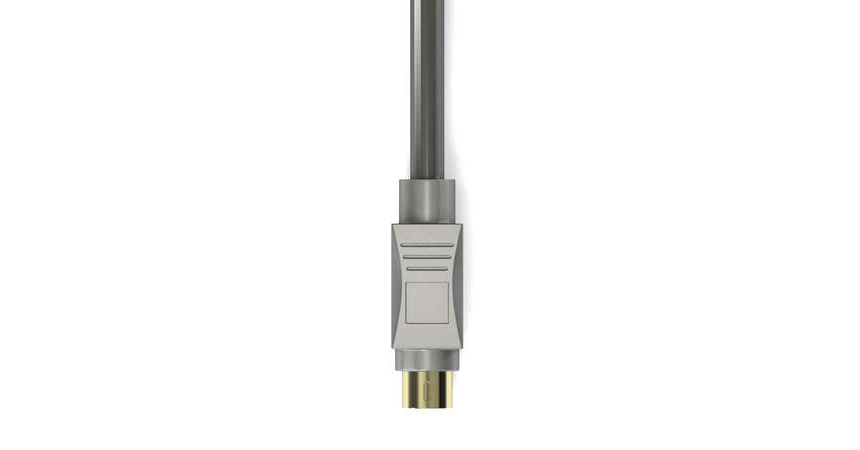
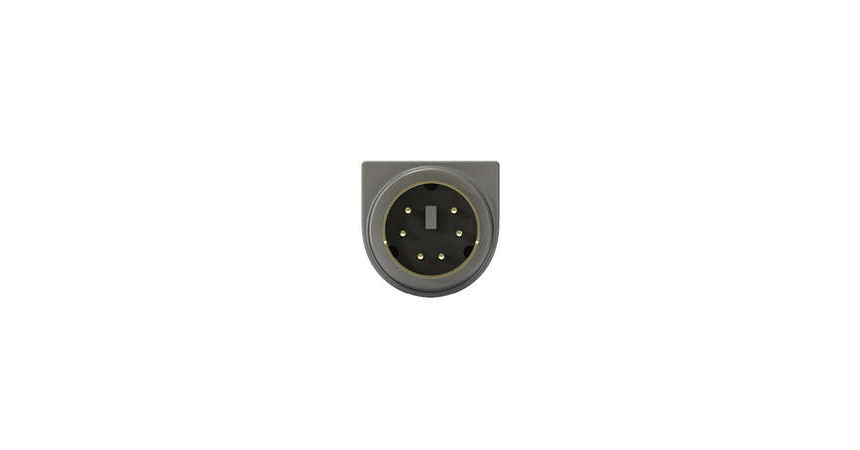
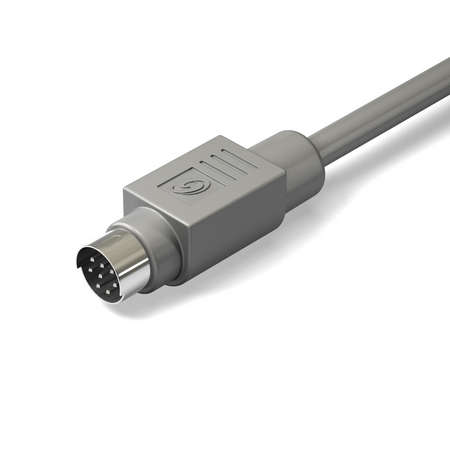 View 8-pin Mini DIN connector gallery
View 8-pin Mini DIN connector gallery